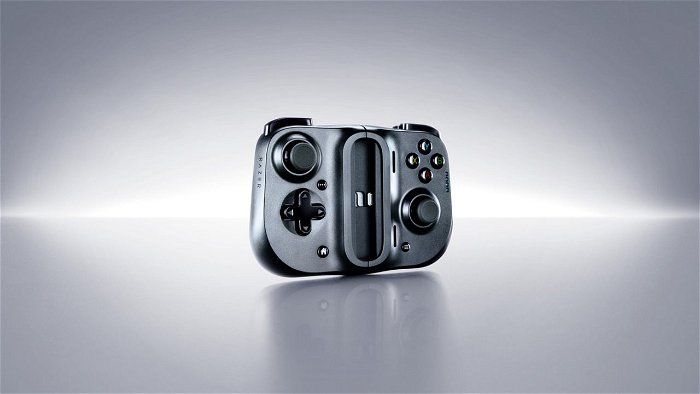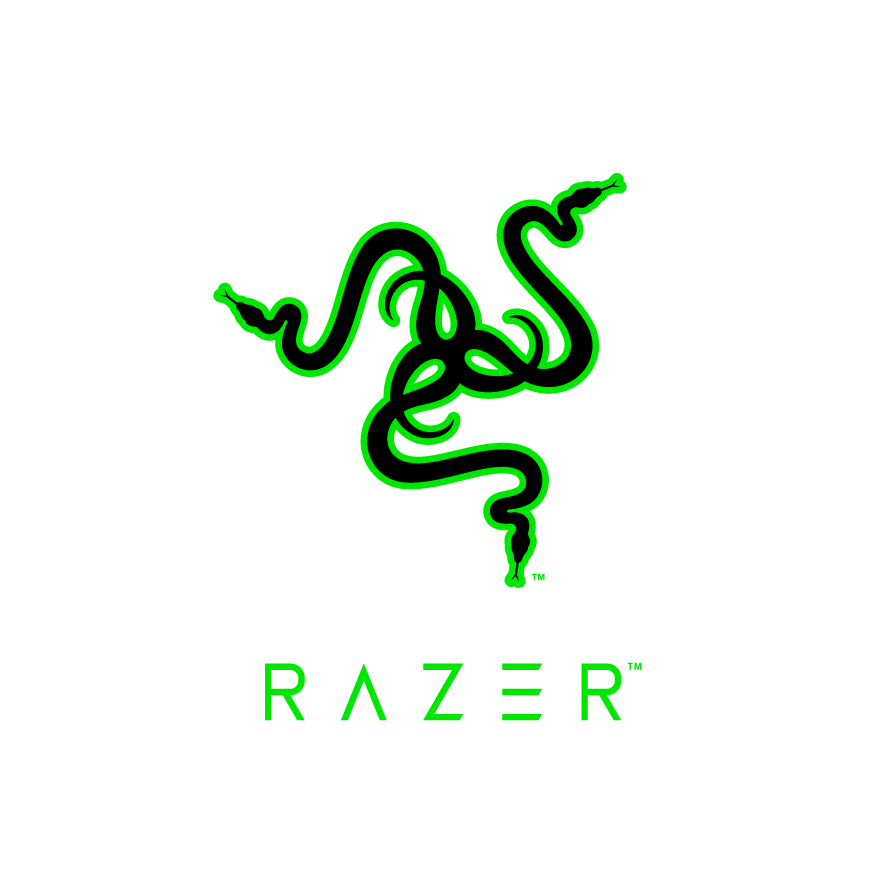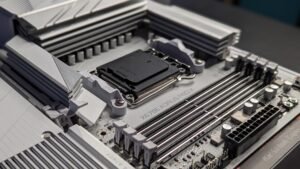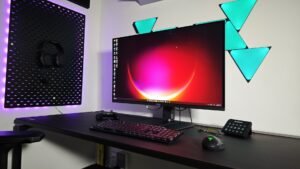Do you play a lot of games on your iPhone? Ever wish you could play them with a sturdier grip and proper buttons? Razer may have you covered.
The Razer Kishi is a Made For iPhone (MFI) peripheral which essentially turns your phone into a proper handheld, like a Switch or Vita. It features two clickable analog sticks, a D-pad, four face buttons and four shoulder buttons, and three other buttons, roughly equivalent to Start and Select, depending on the game being played. A Lightning port on the right side allows for pass-through charging.
Installation is pretty simple. A locking plate keeps the two halves together when not in use. Unlocking two tabs with an awkward gesture releases the grips, which remain tethered by a stretchable rubber band, with the locking plate serving as a backplate. The iPhone plugs directly into a Lightning port on the right grip, and the rubber tether then gently stretches to get the grip around the other end.

There are two different sets of “rubber grip” inserts included, depending on your iPhone model, to ensure it sits snugly inside the device. For my iPhone XS, I had to swap these inserts out, by tugging the original ones out of place and pushing the second set in. This could have been a little simpler; I felt I might rip the rubber pulling them out, and they never quite clicked satisfactorily into place.
Upon first inserting my phone into the Kishi, I couldn’t shake the feeling of holding my Switch — when connected to my iPhone XS, the Kishi feels a lot like Nintendo’s console in handheld mode. At first I had thought I might snap the Switch in half if the tablet portion itself were any less sturdy, and I felt more so here.
The ends of the device are reminiscent of larger Joycons. The rubber grip inserts fit the iPhone XS snugly, but the left side feels less anchored. The right side, at least, plugs into the lightning port and locks in place; the left does not have that security. I did find it slipping and moving a little during more heated gameplay.

Razer has a Kishi app to keep your hardware up to date; after installing and checking the firmware, the Kishi is remarkably ready to play. Each compatible game I booted up communicated with it instantly without any extra configuration required. Terraria even shows the correct button labels. I’m not sure how standard this level of integration is across different MFI controllers, but I was impressed in that regard.
But this brings me to my main sticking point with the Kishi: compatibility. I’ve played a variety of different games over the decade I’ve been using iOS touch devices, but was hard pressed to find games in my library that accommodate controllers. Most games I play are of the variety that have big touch icons for performing actions and have no need for this peripheral. Apple Arcade has plenty of controller-enabled games, but I’m not a subscriber.
This peripheral is only as useful as the list of compatible games is long. Many games on the App Store are designed solely for touch controls, which is a bit of a missed opportunity. This controller would be perfect for Genshin Impact — a game that’s too console-like for mobile, and too mobile-like for consoles — but it’s simply not supported. If that changes down the line, I will definitely be more interested in both the game and this controller.
I mostly tested the Kishi out with Terraria and the mobile version of Final Fantasy III. Terraria was a big improvement with the controller, but is still too complicated for a mobile version in my opinion. This speaks more to the game’s setup than the Kishi’s design itself. Final Fantasy III, however, was an instant and seamless transition, and felt like playing its PSP/Vita port.

The Kishi isn’t a great match for me personally but I do appreciate its design. Its grips are thicker than Joycons, so it feels more secure in that regard (so long as you aren’t jostling the left side too much). After prolonged play it felt as comfortable as a console controller, and it didn’t bring the same hand cramps the Vita caused. The battery life will likely run miles around the iPhone’s battery itself, and the charging port is conveniently placed to allow playing while charging, just in case.
That being said, it could be a little more convenient. I use a slim OtterBox case for my iPhone XS, which doesn’t change its profile too dramatically, but I need to remove it to use the Kishi. Folding the device up after use can also be a little tedious. Also the lightning port is only used for charging, meaning you need to use a Bluetooth device, or crank up the volume. That being said, audio doesn’t sound muffled by the device itself.
Ultimately, whether the Kishi is worth its significant price tag is heavily dependent on the consumer. Do you play a lot of Apple Arcade games on your iPhone? Do you have a list of classic console ports (like CastleVania: Symphony of the Night or Chrono Trigger) you want to get through, or a favourite game that you know is MFI controller-compatible? The Razer Kishi may be just what you need.





